Back in the saddle: How to buy the perfect bike and get cycling
Choosing the right wheels can be intimidating. New or second hand? Bargain or expensive? Mountain or road? Sean Russell gives his tips to find the right one for you

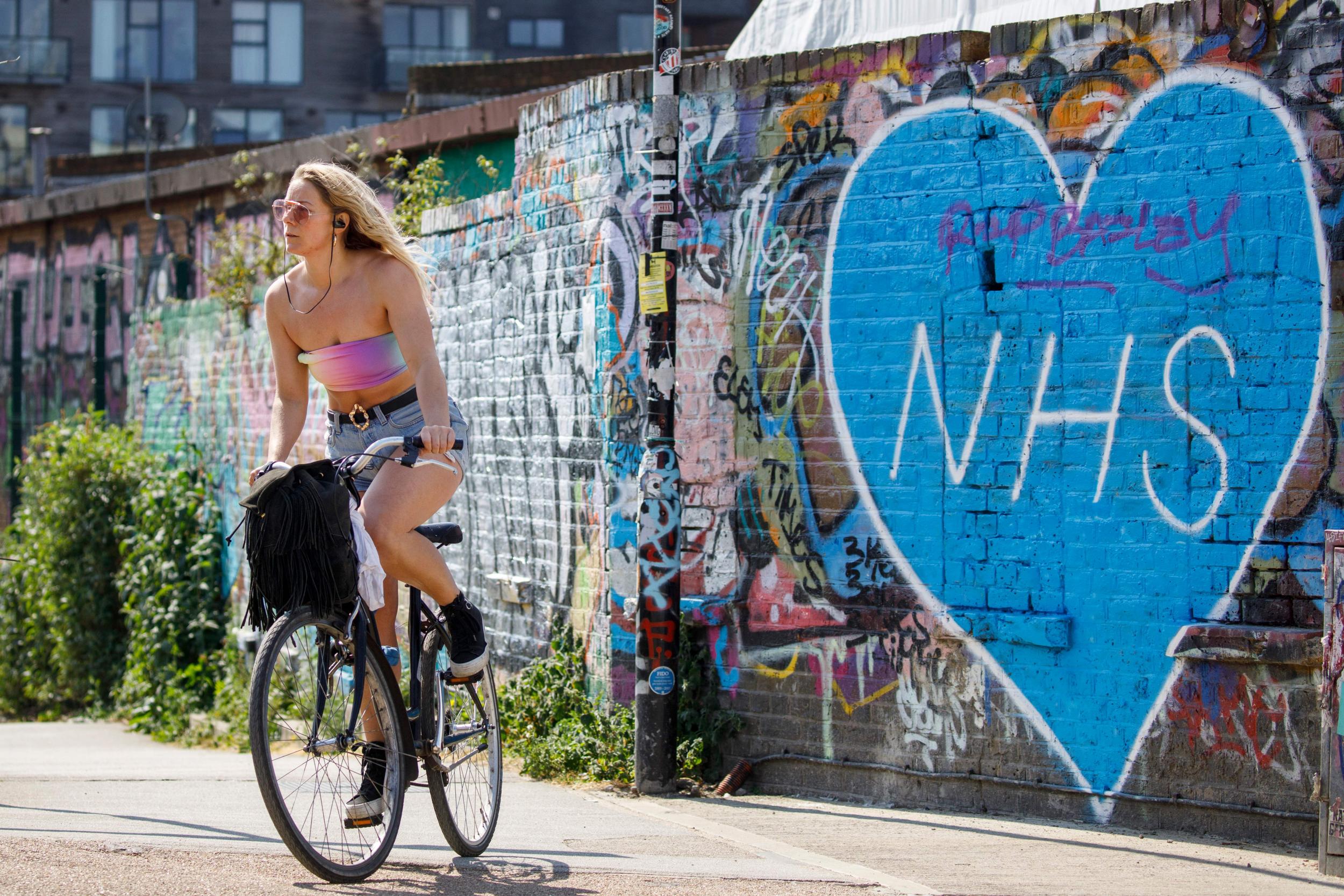
Your support helps us to tell the story
From reproductive rights to climate change to Big Tech, The Independent is on the ground when the story is developing. Whether it's investigating the financials of Elon Musk's pro-Trump PAC or producing our latest documentary, 'The A Word', which shines a light on the American women fighting for reproductive rights, we know how important it is to parse out the facts from the messaging.
At such a critical moment in US history, we need reporters on the ground. Your donation allows us to keep sending journalists to speak to both sides of the story.
The Independent is trusted by Americans across the entire political spectrum. And unlike many other quality news outlets, we choose not to lock Americans out of our reporting and analysis with paywalls. We believe quality journalism should be available to everyone, paid for by those who can afford it.
Your support makes all the difference.There’s something about cycling: when done right, it’s simple and enjoyable. And with the country looking to transition to a “new normal”, cycling will be key to this. It’s the perfect mode of transport for social distancing and, not only that, it saves money, keeps you healthy, and it’s kinder to the planet.
The recent boom in cycling has seen cities and towns transformed to accommodate cyclists of all abilities. In many areas it is now so much safer to cycle, with a lot less traffic and more space. Many who wouldn’t have thought about cycling before can now try. But choosing your first bike can be intimidating. What sort of bike do you get? What size? What price? Is it safe to buy second hand?
Bizarrely, bikes have become the new toilet roll – with new ones especially hard to find. So, here are some top tips for buying your first bike – new and used – and getting into cycling.
What sort of bike?
There are four main types of bicycle you’ll be confronted with: road, mountain, hybrid, and e-bike.
Road bikes are great, funnily enough, on roads. These tend to have thinner tyres and racing “drop” handlebars. If you intend on just commuting along well-paved roads, then this may be a great place to start, especially if you have quite a way to go as they glide smoothly on the tarmac with little effort.
Mountain bikes are meant for off-road riding and are heavier than road bikes and have thick tyres and often suspension. If you want to enjoy some weekend riding on uneven terrain and mud then these are great, but for commuting they can be laborious to ride on roads and a lot of hard work if commuting quite a distance.
Hybrids are a perfect commuting bike. Halfway between a mountain bike and a road bike, this type will easily cover you on your commute and any weekend excursions off the tarmac with family and friends (although don’t expect full mountain bike performance off-road!).
E-bikes are fairly new and can be quite pricey. These bikes look like regular pedal-bikes only they have an electric motor to assist you. If you’re worried that you may not be ready for that long commute, or feel you want to cycle but worry you’ll struggle, this is a great way in.
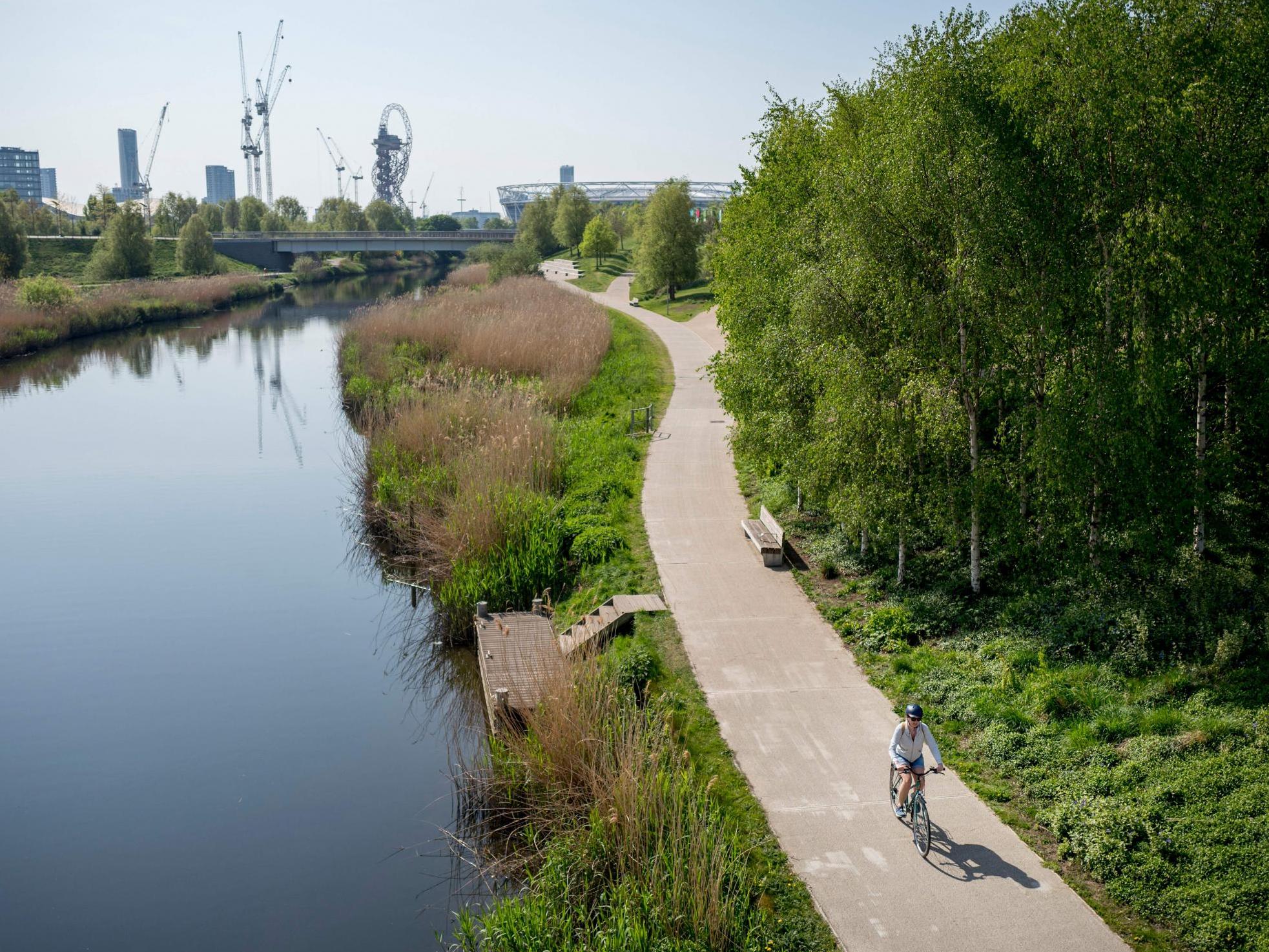
What size?
It is possible to overlook this, but you shouldn’t. The right sized bike is the difference between joy and agony. Lower back pain, arm pain and knee pain could all be the result of the wrong sized bike. Bike sizing rules are not black and white and will depend on you.
Always look online at manufacturer size guides for a rough idea of what size you may need first, but best practice is to go to a shop and try a few bikes for yourself. You want to be able to stand over the top tube, feet on the floor, with 2-3cm clearance between the bar and your groin. But you also don’t want to be stretching too far with your arms. If you feel uncomfortable on the bike, the chances are it’s the wrong size.
You may well end up spending more on maintenance. Work out if you are willing to pay for the maintenance or not, sometimes it absolutely is worth it
If buying in a shop, always ask for advice. The staff will be able to help you find the perfect sized bike for you.
What about second-hand?
Bikes are selling out in the shops right now, so many will be considering buying second-hand.
There are some great deals to be had with second-hand bikes if they’re looked after well. But this is a minefield. If a bike is advertised below £100 become suspicious immediately – but remain suspicious even if it’s above £100. That’s not to say that there is definitely something wrong with these bikes, but when they seem too good to be true it certainly means treat with caution.
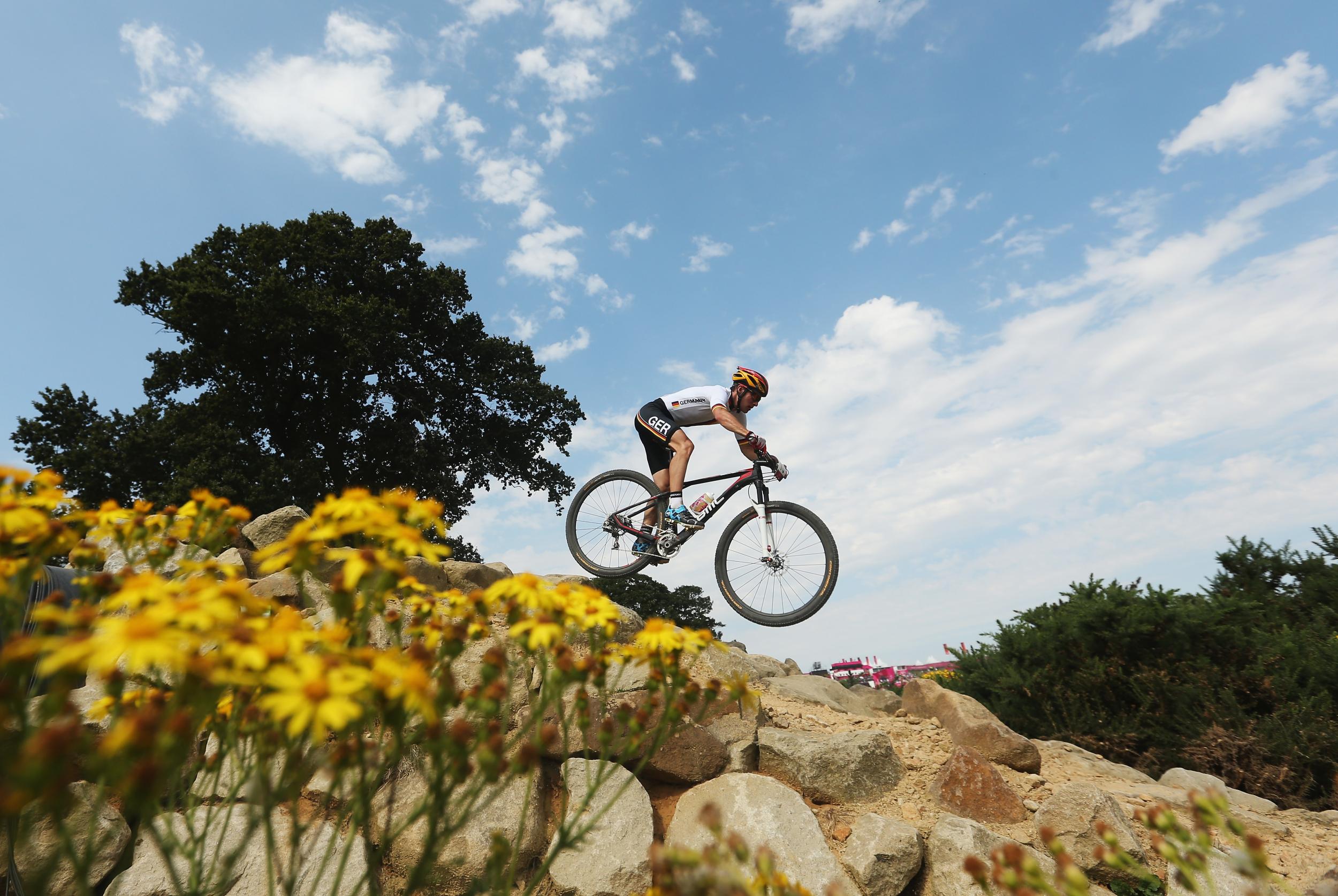
Providing the bike is the right type and right size you are definitely going to want to go and see the bike before buying. Give it a test ride, see how it moves. Check the wheels run true, any wheel wobble will mean spending money to fix or replace. Check for rust – any rusty parts will require replacement, sometimes costly.
Check if it has a serial number printed on the bottom, if it does, check it against bikeregister.com to make sure the bike isn’t reported as stolen. If it is stolen don’t buy it and report it as soon as possible.
Bring some Allen keys with you, if you cannot remove the seat post after loosening the bolt it means the saddle has seized – become so rusty you cannot get it out. This will mean you either cannot change the saddle height to fit you, or you will need – and hope – a mechanic to get it out and replace it.
If you’re satisfied with all the above, then by all mean you may well have found a gem. With many second-hand sales expect that while you may get the bike cheap, unless it has been well looked after, you may well end up spending more on maintenance. Work out if you are willing to pay for the maintenance or not, sometimes it is absolutely worth it.
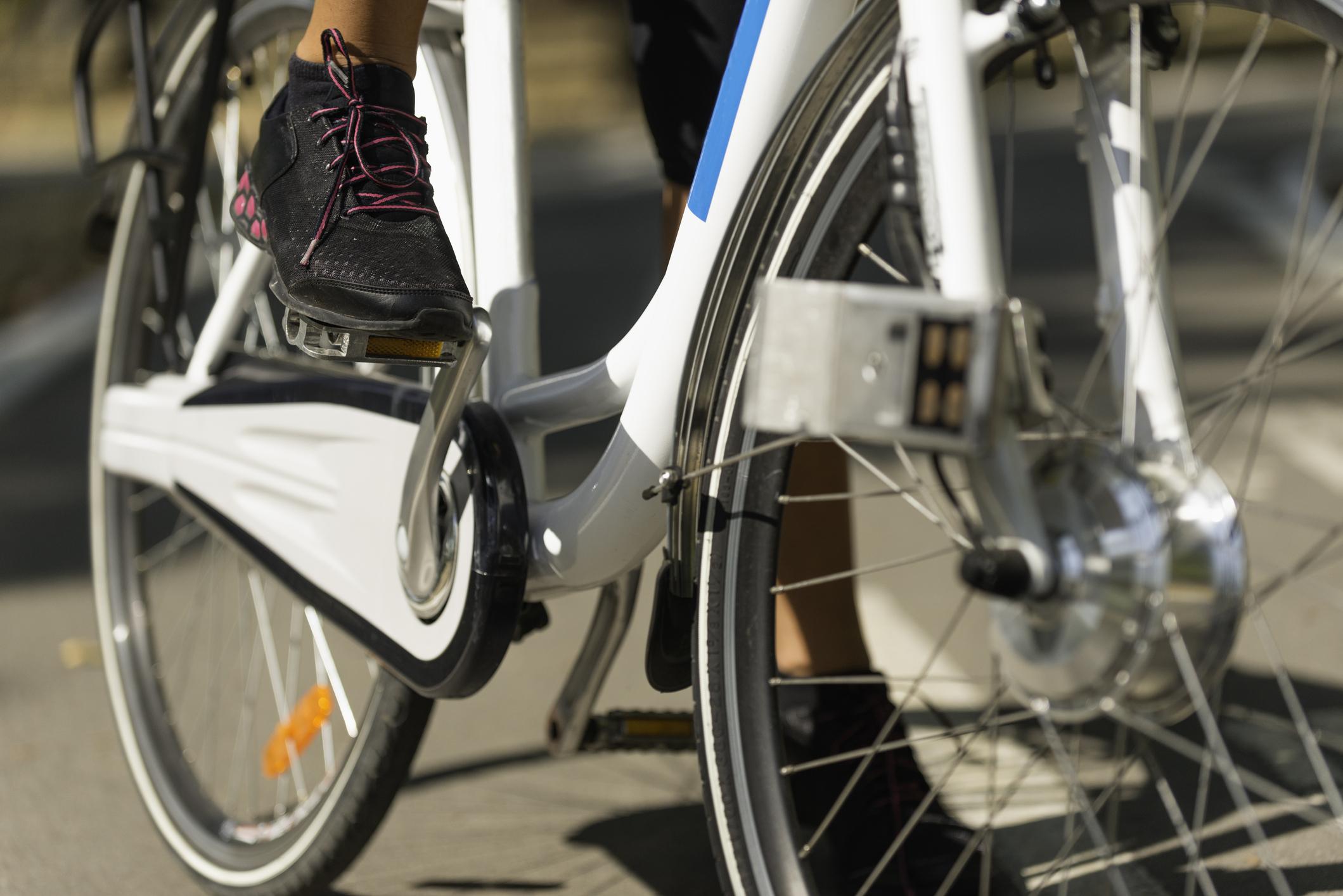
If you are unsure about a bike’s safety or comfort, don’t buy it.
What price?
Friends often ask: “what’s the best bike I can get for under £100?” The fact is this is unrealistic, certainly when buying new. With bikes, you get what you pay for and if you are buying new, I generally wouldn’t pay less than £300 – use your own judgment and intuition (some single-speed bikes can retail as low as £170 and work just fine and reliably).
If your employer has a cycle to work scheme, take full advantage!
What about hiring and renting bikes?
These schemes are a great way to get into cycling cheaply to see if cycling is for you, without a huge commitment and a £400 bike rusting in the shed. The Santander bikes are a great introduction and mean you don’t have to worry about storage, or it being stolen.
Your leg should be close to straight but not quite, just a slight bend in your knee, you don’t want to be locking your knee every revolution
Something like Buzzbike is also great. You pay a monthly subscription fee, they deliver you a bike that is yours to look after. You get a lock, theft insurance and on-demand maintenance. A no-fuss introduction to cycling you can cancel at any time.
I’ve got my bike, now what?
- Saddle height: whether using a Santander Cycle or a £3000 carbon machine, this is very important to the health of your knees. With the pedal at 6 o’clock your leg should be close to straight but not quite, just a slight bend in your knee. You don’t want to be locking your knee every revolution, nor do you want too much bend, both will do you harm. There are plenty of videos on YouTube to help with this – use them.
- Buy a lock: Rule of thumb is whatever the value of your bike the lock should cost 10 per cent. Kryptonite are a particularly good brand and often guarantee your bike.
- Get a helmet: inexpensive and very important.
- Buy a pump: Pump your tyres regularly, at least once a week.
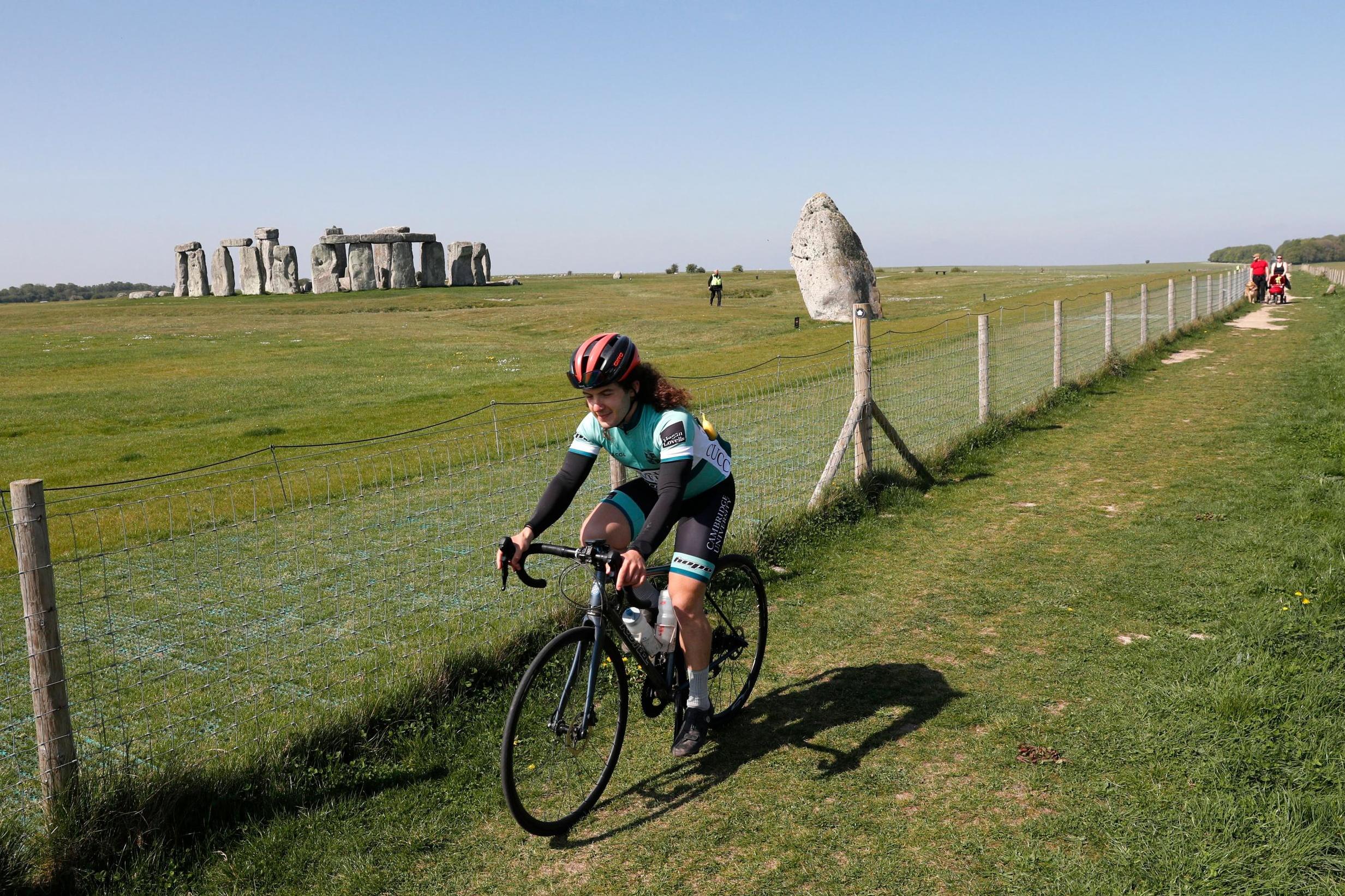
- Lights and bell: Safety comes first, riding with lights in the dark is a must and bells will make sure people know you are there.
- Insure your bike: If the bike is expensive look somewhere like Laka who are excellent for cyclists. Otherwise, make sure it’s covered on home insurance or similar.
- Register your bike with Bikeregister.com: In the event your bike is stolen this will make sure that if it is found it can be returned to you.
- Follow the rules of the road: Stop at red lights. If we want to be treated with respect on the roads, we must act with respect.
- Take your bike for a service every six months or so: for safety and to keep it running smoothly.
Join our commenting forum
Join thought-provoking conversations, follow other Independent readers and see their replies
Comments